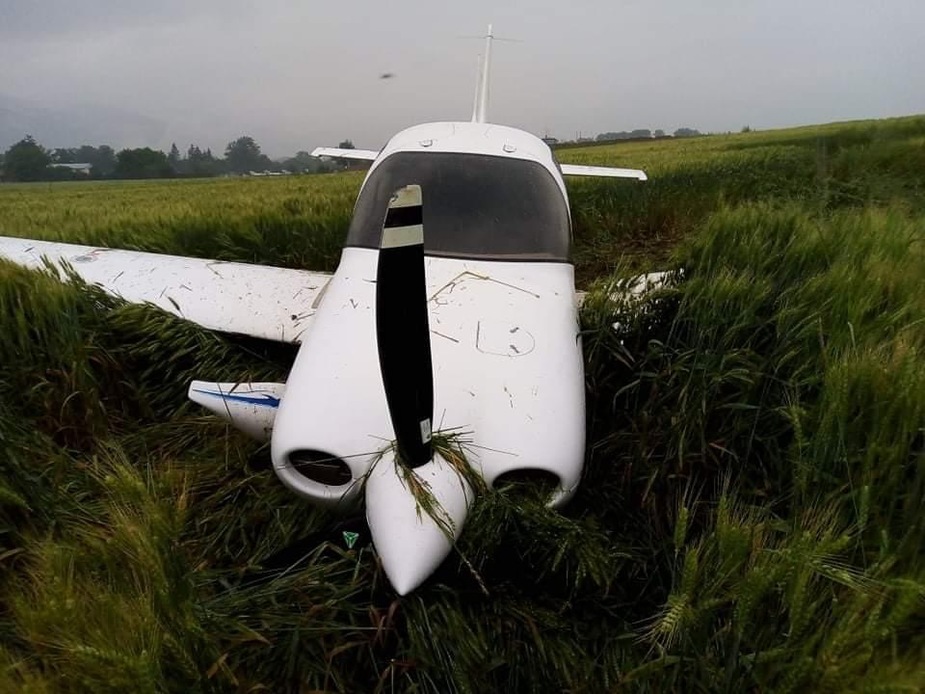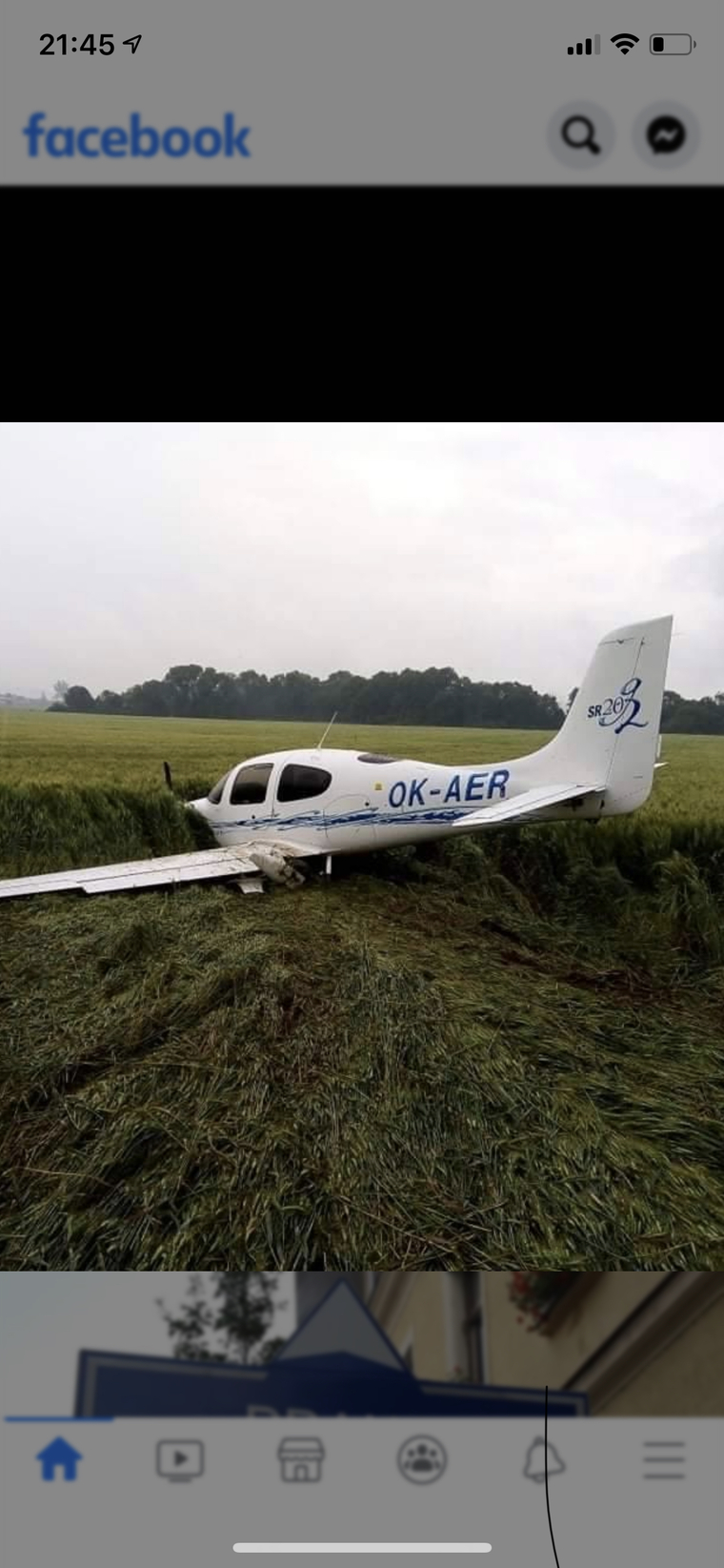The Cherokee is a fine STOL and while not a Husky/Maule can operate from quite short strips. The grass/soft field technique is a rolling take off with full back yoke and flaps 25. As the aircraft starts to get light in ground effect (around 35-40 knots), ease forward to accelerate in ground effect, pitch up to maintain Vx on reaching and clean up.
If the ground is too soft or density altitude applies, and you are not accelerating to lift off in ground effect, abort, using the 70% of lift off speed at the half way take off run rule.
The trick is the easing the yoke forward to accelerate in ground effect, but at this stage you are flying. A well rigged Warrior should only use a few hundred yards ground roll.
My experience of PA28’s (PA28-140 & PA28-200) is that if you’ve got enough airspeed to be able to lift the nose wheel off the ground, then you’ve already got enough speed to lift off and accelerate in ground effect. If you can’t yet fly, then you can’t yet lift the nose wheel.
I too have had cases on grass where full backpressure meant that the aircraft would not accelerate. Releasing the yoke into a more neutral position allowed acceleration to return.
The story continues, we have another accident of the same kind. Yesterday, July 2nd, LZMA, OK-AER, Cirrus SR-20 take off from RWY 18, wet grass, 0,7% uphill. The same result as with OK-BOL. I would say that this is a carbon copy of the two week old accident from LKFR. The question is whether this accident might have been prevented. I think that it was not a good thing to delete the original post about OK-BOL accident from Czech FB flying group “Doletis”. The post might have reached the pilot of OK-AER and effect his decision making on the same type. If…


OK-AER was posted above but unsurprisingly nobody spotted the different reg in the ASN report. Thread renamed…
Yes indeed, keeping quiet is never good for safety, but lots and lots of people do it. I have long lost count of instances I have seen.
But is everybody on facebook? IME, quite a lot of people dip in and out (as I do too) but FB is mostly good for exchanging non-PC jokes with your old friends  and any education value is minimal because everything scrolls off the bottom in a day or so, plus searching is useless, so the archival value is negligible.
and any education value is minimal because everything scrolls off the bottom in a day or so, plus searching is useless, so the archival value is negligible.
Wow, that’s a really amazing copy of the first accident. What I wonder is – CZ isn’t a huge country, do news of accidents like that not travel through the GA community even without FB? The first accident should have raised more than one red flag in the mind of anyone operating a SR20 out of a grass strip.
Very similar incident indeed.
Only remotely conncected but the other day I was on FR24 and there were 5 OK-reg Cirrus in austrian airspace at the same time. I wonder if Cirrus is a very popular choice in CZ and why? Anybody know the local GA „scene“ a bit?
Sometimes this sort of thing is simply due to an active dealer. For example where we live there used to be loads of Toyotas… especially the now-classic Celica with the pop-up headlamps. I had one too, for 15 years. Until the said dealer went bust and now you see hardly any.
Large sales of the SR20 are curious though. IIRC the SR22 outsold the SR20 by 10:1. OTOH, what kind of business do you need to be in in CZ to afford 1M $ for the 22?
In reference to the title of the thread and the earlier discussions about short/soft field takeoffs, rather than waxing lyrical about pa28’s, what I was trying to say, was don’t mix the two techniques up.
If the runway is short, accelerate with neutral elevator (don’t pick up the nose).
If it is soft, but long, do what you please in terms of picking up the nose. I think it is quite common for people (myself included) to get in the habit of picking up the nose on grass to be nice to the airplane…. however if you don’t accelerate enough then you can find yourself at the end of the runway without flying speed, apparently as in these two incidents. Soft field technique is fine on grass most of the time, when you have lots of runway… but when it gets short, you will need experience to know what your aircraft is going to do.
In reference to RobertL18C’s comments, I agree generally. But in the pa28 example, if you are practising on tarmac or good grass and are not at gross, you can pick up the nose to any angle (even just shy of a tail strike), get the wheels light and then reduce the angle of attack to accelerate easily. If you perceive that it will always be this easy, then the first time you are at a short and soft grass runway you might be in for a surprise.
What I was describing is not even being able to accelerate enough to feel that you were getting light. Personally this caught me off guard the first time it happened, and could have led to me being pictured in a runway overrun incident. I was at gross, with a the nose up and just never got enough speed to get light. Fortunately, the runway was 1300m of grass with a couple hundred meters of more grass at either end. Plenty of time to abort, but it was a learning experience, hence my sharing on the forum.
The next time it happened to me was on a 690m grass runway with trees on the end. This should not have been too bad as the pa28 probably requires 250m on tarmac. So there I was with the nose up slightly and not accelerating. Having experienced it previously, I recognised that it was all wrong before the point of no return. I aborted and tried again, this time accelerating from a taxi way and keeping the nose flat. I was probably off in 300 to 350m, so all good with plenty to spare. A world of difference between the two techniques. Definitely a gotcha if you have not had the opportunity to experience it before.
If runway is really short & soft and you are doing a oneoff, just dont abuse soft field technique: do it for 10m before going quickly for short field technique (forward stick for low AoA that lifts the tail and put some weight on wheels), better get worn gears or getting stuck in the mud halfway than broken wings at the end of the runway on the trees…
Otherwise it is either short hard runways or long soft runways and fly according to one technique
If runway is really short & really soft and you are flying regularily, make sure you can taxi 1nm after its hedge if you have to otherwise you will hit the jackpot one day
If in doubt, half of the runway you should be either accelerating (stick full forward on full power) or decelerating (stick full back on zero power) rather than flying constant stall speed for miles…
I tried early lift off and soft/short field behaviour in every aircraft I flew on long runway, a good learning experience (one thing for sure never fly a Mooney with aggressive early lift off on a long hard tamarc with bumpy holes and full power against the flaps, not sure why one would fly soft field on hard runways but who knows?, the pitch PIOs that I felt after hitting a runway bump were like rodeo session  )
)
It is possible these pilots didn’t know that the shortest takeoff roll is achieved on tarmac and with neutral elevator.
No “technique” can change this.
Doing anything different – a short field technique or a soft field technique – will produce a longer takeoff roll.
One of the instructors I had in the PPL had an interesting variation for a C152: accelerate and then engage landing flap. The plane does lift off the ground. It just doesn’t fly…